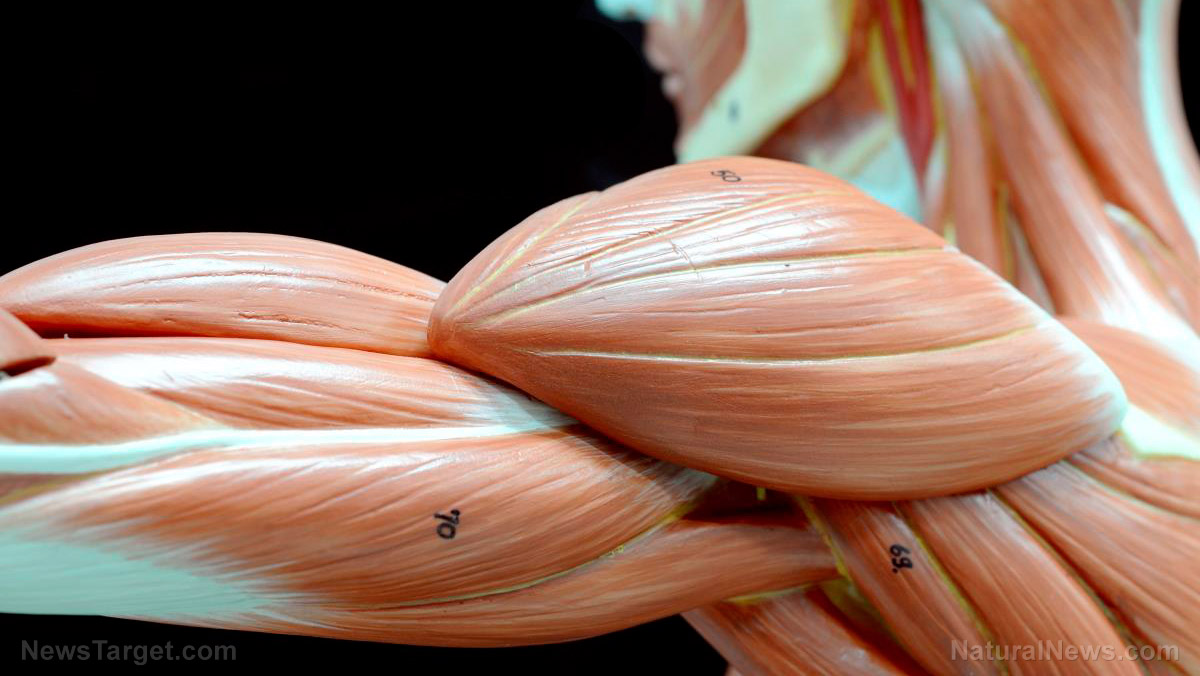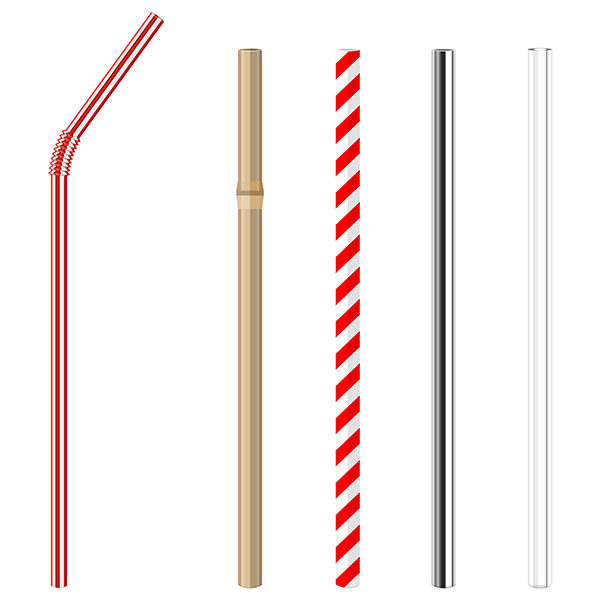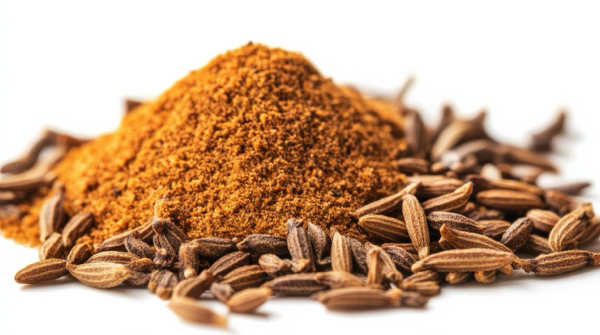
The importance of midlife exercise
The study, published in PLOS Medicine, emphasizes that starting an exercise routine in midlife can significantly improve lifespan and health outcomes. This research tracked over 11,000 women as part of the Australian Longitudinal Study on Women’s Health (ALSWH), providing valuable data over many years. The findings show that regular exercise during midlife (ages 40-50) is linked to better physical health in later years, including increased strength, a lower risk of falls and better cardiovascular health. Notably, even women who weren't active in their younger years experienced significant benefits from exercising in their 50s. This suggests that it's never too late to adopt healthy habits and improve one's health trajectory. "Our research indicates that to maintain a good physical health-related quality of life around age 70, individuals can potentially compensate for a lack of earlier activity by becoming active in their mid-50s," the researchers explained.Unexpected benefits of exercising in midlife
Women who adhered to the recommended 150 minutes of moderate exercise per week, such as brisk walking or cycling, for about 15 years, showed significantly better physical functioning in later life. These include balance, strength and performing daily activities. Starting to exercise in midlife can help offset the effects of earlier inactivity. Women who began exercising regularly in their 50s showed similar levels of physical health to those who had been active all their lives. This demonstrates that adopting healthy habits later in life can still yield substantial benefits. Lead researcher Binh Nguyen noted: "Our findings support the idea that making lifestyle changes, like becoming more physically active in midlife, can help improve future health. This suggests that even if someone hasn’t made the healthiest choices in the past–making positive changes in midlife can significantly impact their well-being." However, the study has some limitations, including relying on participants to report their physical activity levels and not accounting for all possible influencing factors. Additionally, the results may not apply to all middle-aged Australian women or those in other countries. Nevertheless, the study highlights the huge impact exercise has on one's overall health and well-being.Advantages of exercising in midlife and later years
Engaging in regular physical activity is essential for reducing the risk of age-related health issues, including:Osteoporosis
Weight-bearing exercises, such as walking, running or strength training, helps to increase and preserve bone density. This strengthens the bones, making them less prone to fractures, and reduces one's risk of developing osteoporosis – a condition where bones become weak and brittle.Cardiovascular disease
Exercise benefits the heart by strengthening the heart muscle, improving blood circulation and helping to manage blood pressure. These effects can significantly lower the risk of heart disease, stroke and other cardiovascular problems during midlife and beyond.Cognitive decline
Physical activity promotes better blood flow to the brain, which can help maintain cognitive function and memory. Research indicates that regular exercise may even lower the risk of dementia. By enhancing muscle strength, cardiovascular health, flexibility and balance, regular exercise supports one's ability to perform daily tasks independently as one ages, leading to a higher quality of life and greater self-reliance. (Related: Research finds exercise increases brain size, memory function as you age.)Tips for starting exercise in midlife
If you're in your 40s, 50s or older and haven't been very active, now is a great time to start focusing on your health and well-being. Here are some suggestions based on recent research:Start gradually
Begin with light activities like short walks or gentle exercises and slowly increase the duration and intensity over time.Choose activities you enjoy
It's important to find exercises that you like, whether it's walking, cycling, dancing, gardening, swimming or any other form of movement. Enjoyable activities are more likely to become a regular part of your routine. For more ideas, check out Aging Today’s article on "Exercises for Seniors," which offers a variety of low-impact exercises that are perfect for staying active.Be consistent
To get the most health benefits, it’s important to be consistent with your exercise. Try to include moderate-intensity activities in your weekly routine, aiming for at least 150 minutes spread throughout the week. Regular activity is more beneficial than sporadic workouts.Make it social
Exercising with friends or joining group activities can make working out more fun and help keep you motivated.Consult your doctor
Before starting any new exercise program, it's crucial to check with a health care practitioner, especially if you have any pre-existing health conditions. They can help you create a safe and effective exercise plan tailored to your needs. Remember, the goal is to move more and sit less. Even small amounts of physical activity, like doing household chores, can contribute to better health. It's never too late to start making positive changes for your health through regular exercise. WomensFitnessFocus.com has more on the health benefits of regular exercise. Watch the following video about how a small but meaningful change in midlife exercise can reverse years of inactivity. This video is from the Daily Videos channel on Brighteon.com.More related stories:
Exercise 13 minutes every day to increase your life expectancy by 3 years, advise experts. Physical fitness equals brain fitness for older men, according to study. Regular exercise increases brain volume, protects against age-related dementia. Sources include: Earth.com Journals.PLoS.org AgingToday.com Brighteon.comMuscles and immunity: How building muscle boosts your immune system
By Olivia Cook // Share
Study finds so-called “greener” alternatives to plastic straws contain harmful PFAS
By Ava Grace // Share
STUDY: Autism diagnosis rates have tripled in the last decade
By Laura Harris // Share
Science-backed benefits of the small but mighty caraway seeds
By Olivia Cook // Share
Academic alliances: How western research fuels China’s surveillance state
By willowt // Share
Trump threatens "severe" Canadian fertilizer tariffs as farm relief plan takes shape
By bellecarter // Share
European leaders defend continent amid Trump's "weak" criticism
By bellecarter // Share
EU moves to bolster Lebanon's security forces, aiding Beirut in disarming Hezbollah
By ramontomeydw // Share











